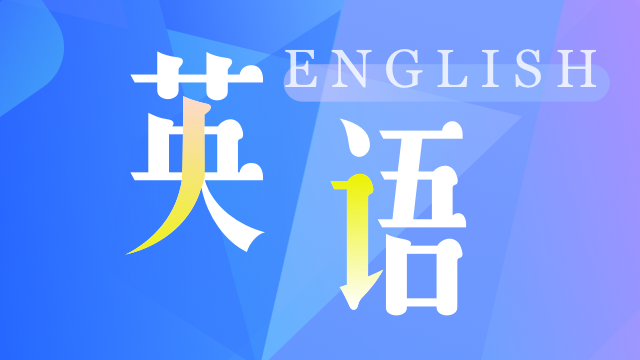情态动词的英文怎么说
2012-07-04 10:53
情态动词的英文:
[Grammar] a modal (verb)
- "Can" is a modal verb.
Can是一个情态动词。 - used with a modal v; formal if placed immediately after the modal v
与情态动词连用;若紧接情态动词之后则更文雅 - You can never use two modals together.
两个情态动词不能同时使用。 - You can use negative words with modals to make negative clauses.
你可以将情态动词与否定词连用构成否定句。 - There are various new introductions including modal verbs, auxiliary verbs and word order.
现在有了一些新的动词分类:情态动词、助动词和词序。 - "They must have arrived there on time, mustn't they?( haven't they?)"
他们一定已经准时到达那里了是吧?(当主句中的情态动词表示推测时,附加疑问句可采用两种形式)
n. 语法;语法书
- Not in accord with the rules of a prescriptive grammar.
不合语法的不符合规定的语法规则的 - That is not, properly speaking, a dictionary, but a grammar.
严格说来;那不是一本词典,而是一本语法书。 - Bad grammar tends irk teachers.
语法不好常使老师生气。
n. 情态动词;莫代尔
adj. 模式的;情态的
- Modality has three types: epistemic modality, deontic modality and dynamic modality.
情态有三种:推测情态、义务情态、机能情态。 - Exactly: and that is the ineluctable modality of the audible
正是这样。这就是可听事物无可避免的形态。 - What's is Modal?
莫代尔是什么?
n. 动词
- A verb form in the present tense.
现在时态的动词形式 - The verb is in the present tense.
这个动词使用的是现在时态。 - Dynamic verbs are verbs that refer to actions. Stative verbs are verbs that refer to states, ie to a relatively stable state of affairs.
动态动词是表示运动状态的动词,而静态动词则是表示一种相对静止状态的动词。











